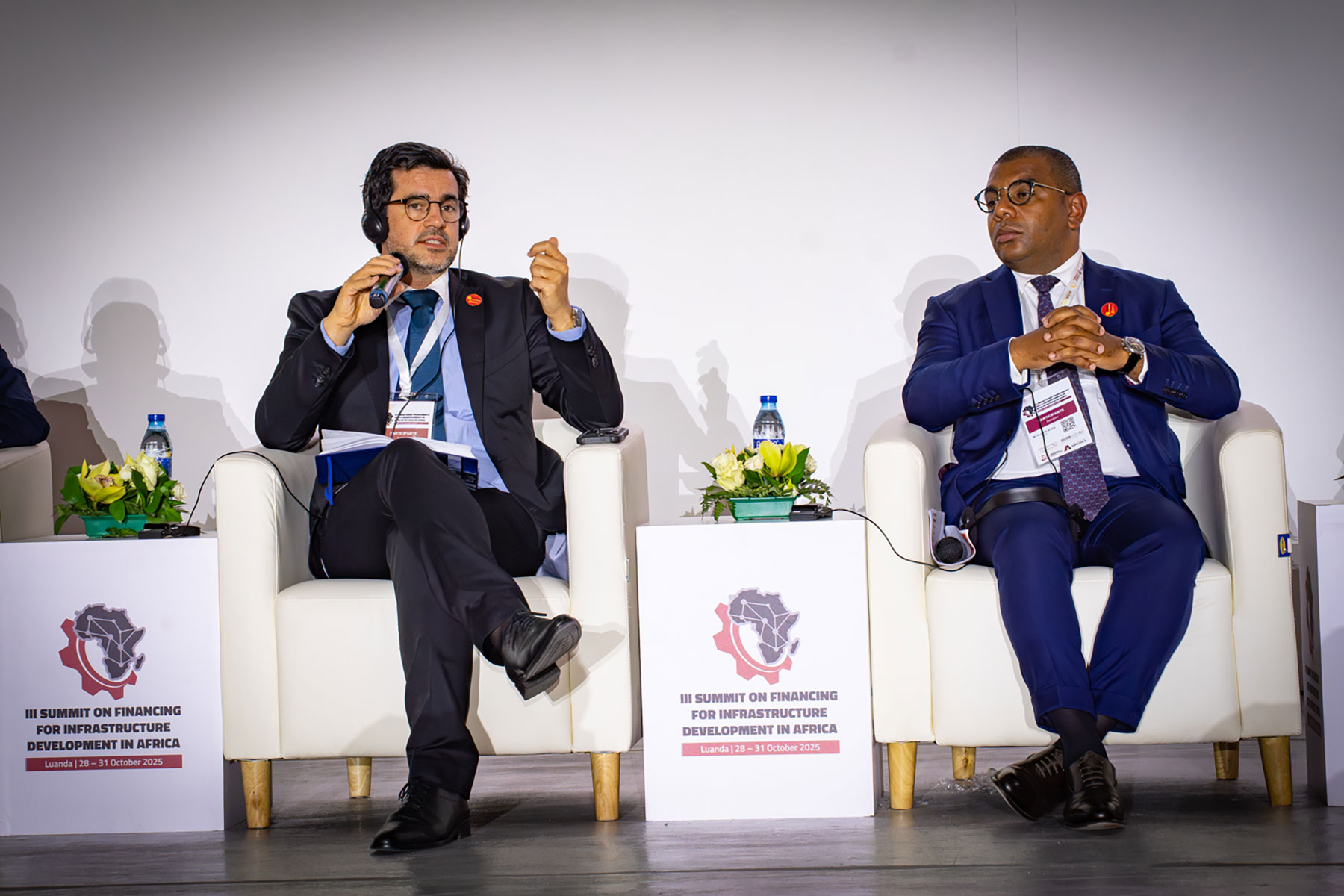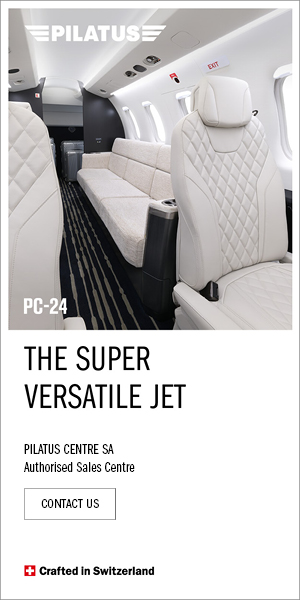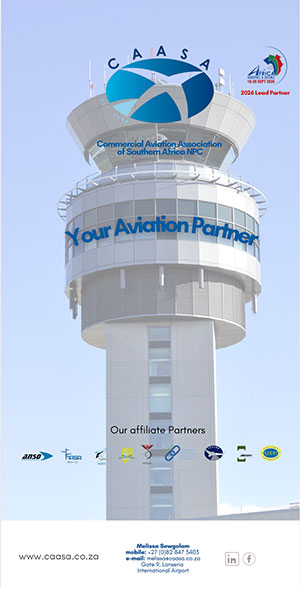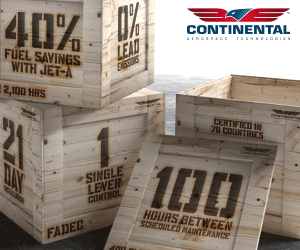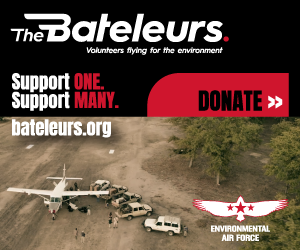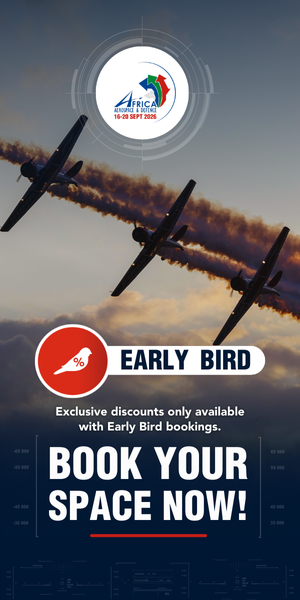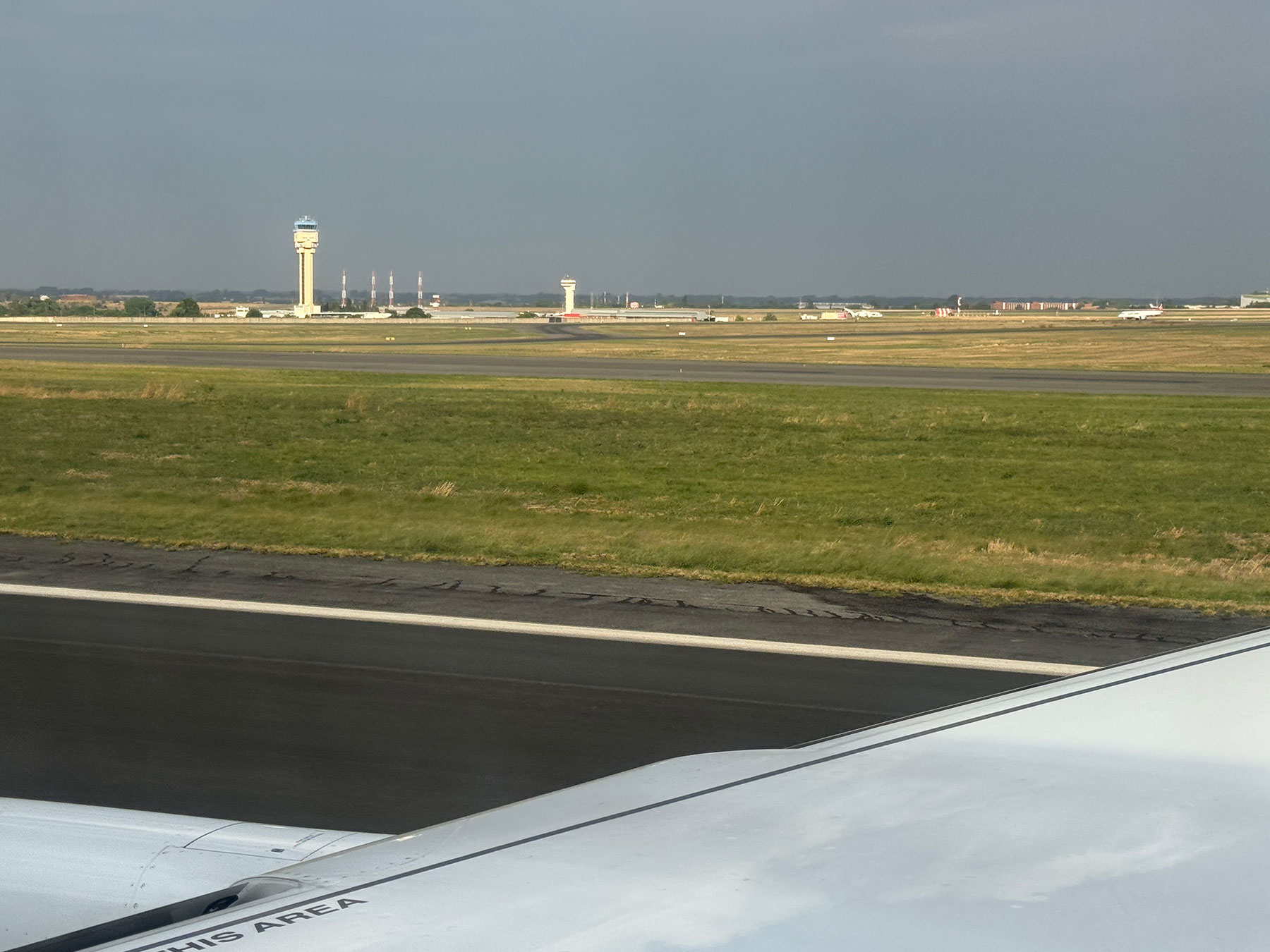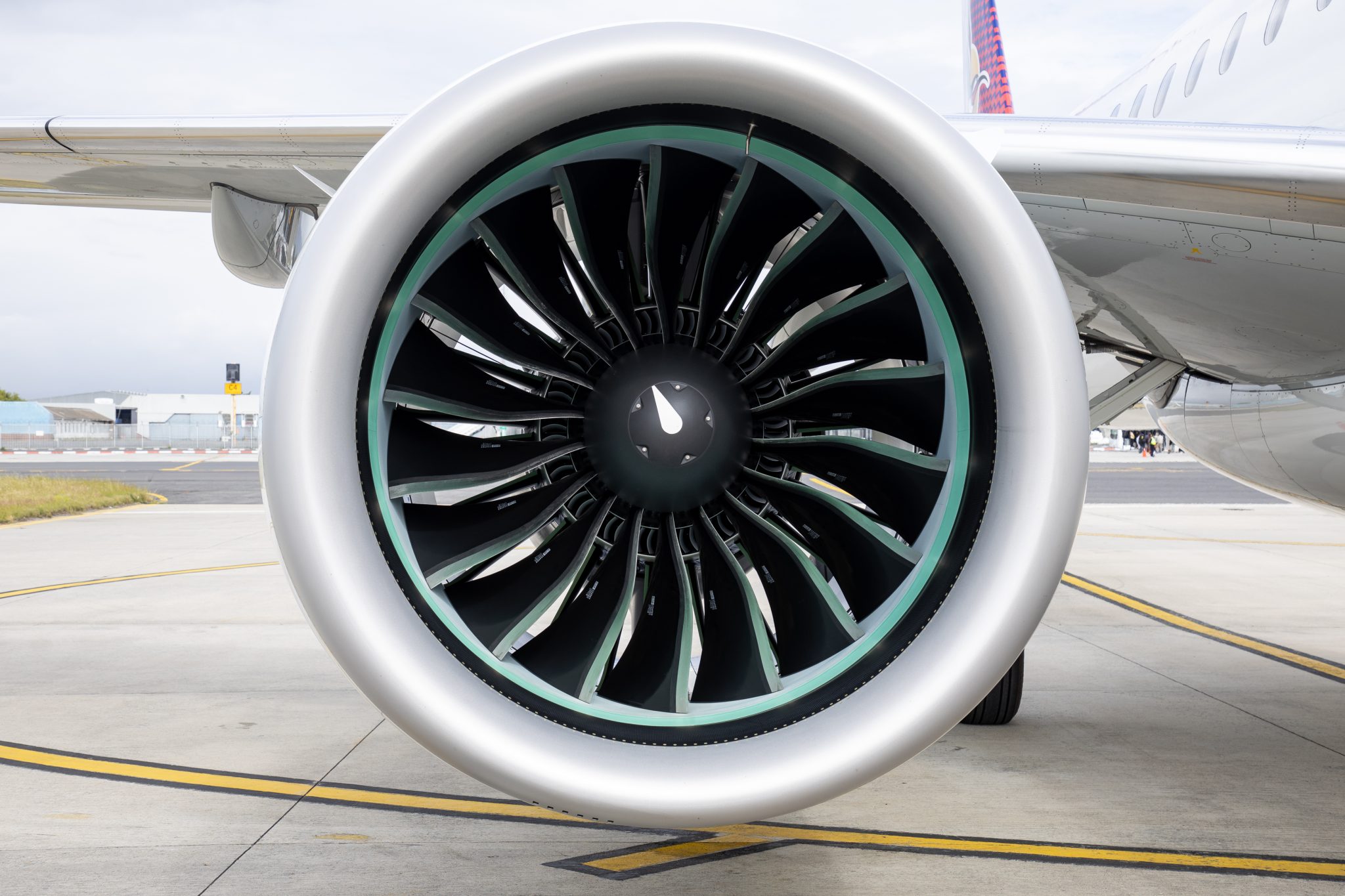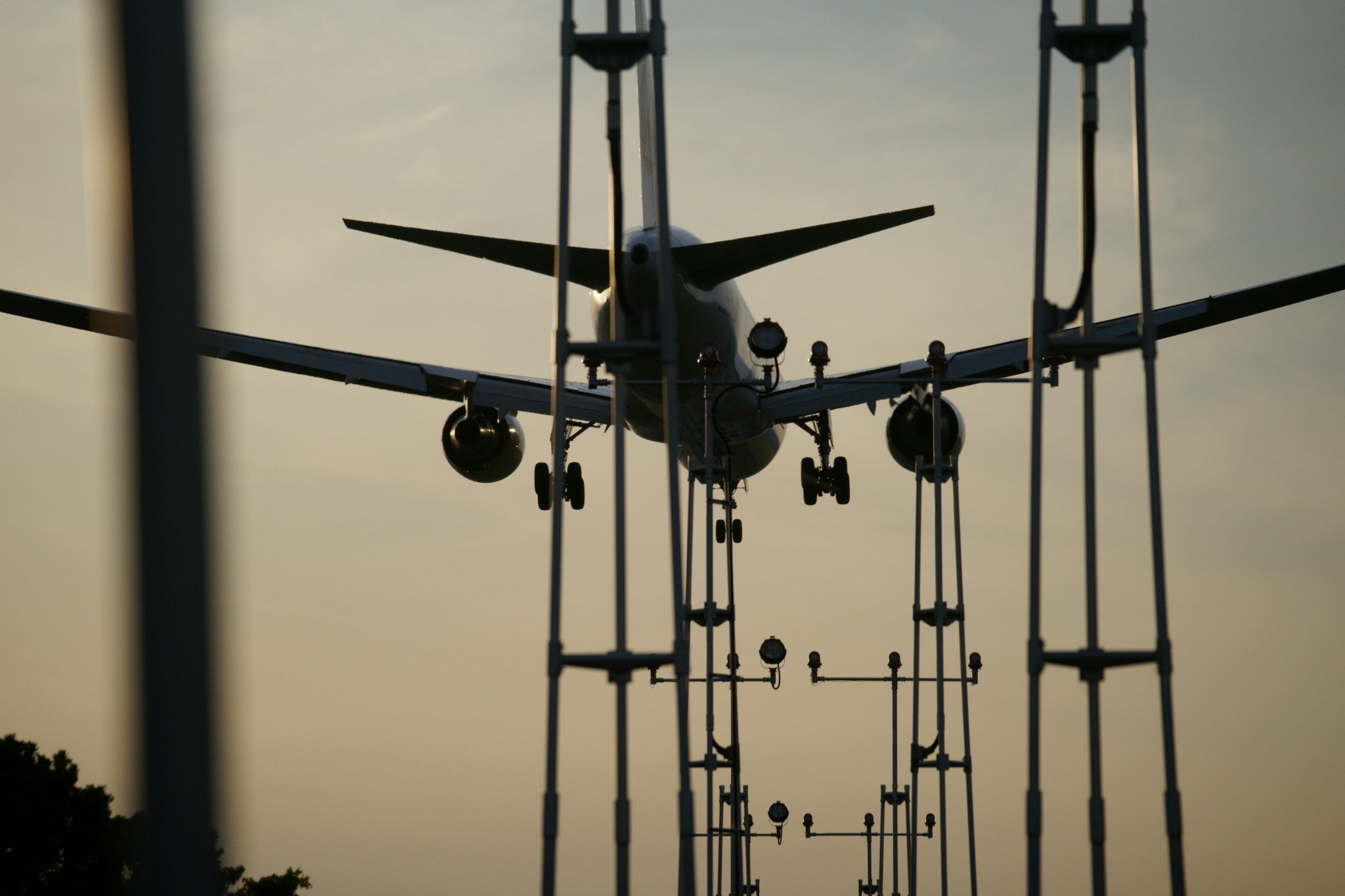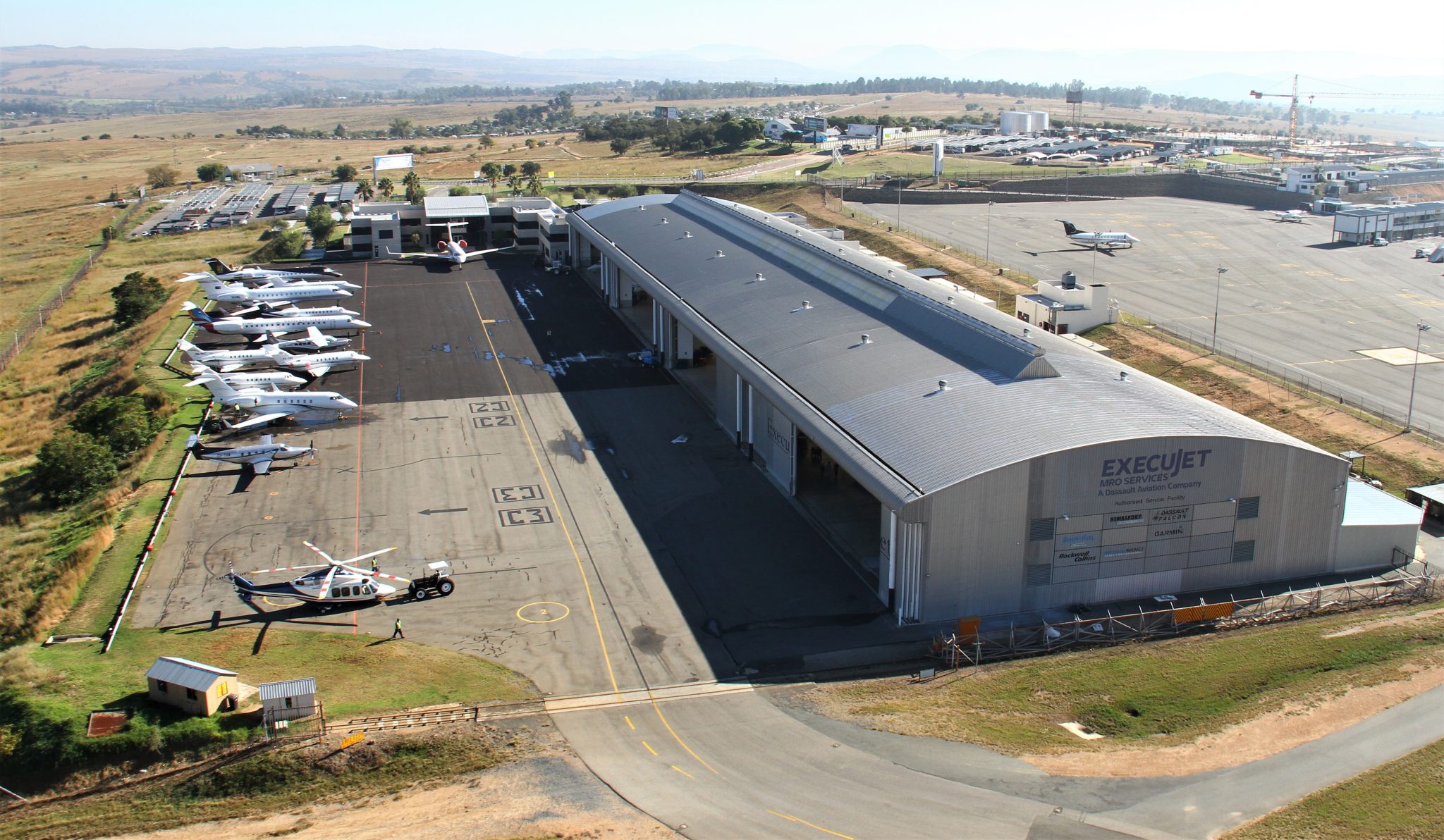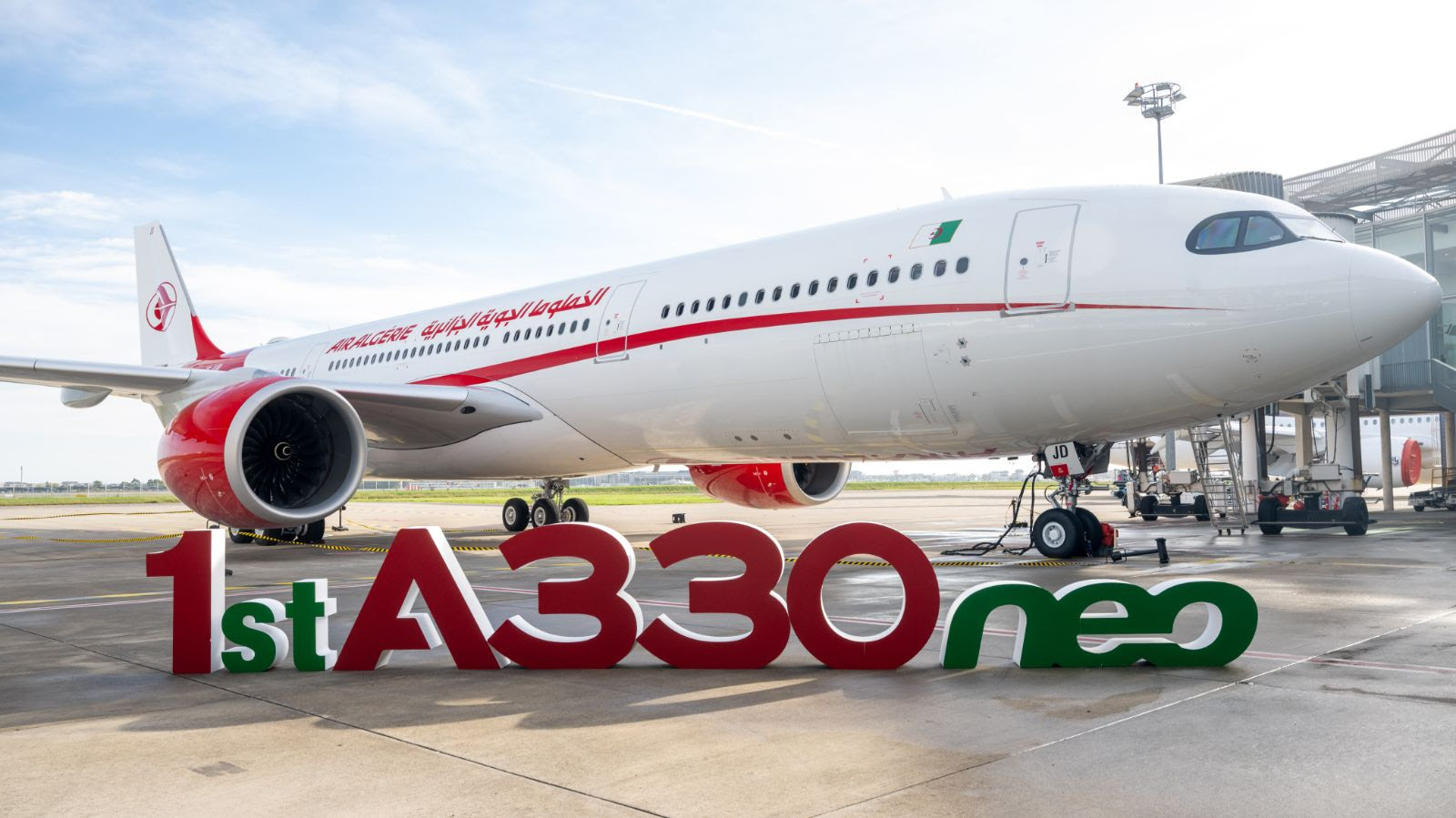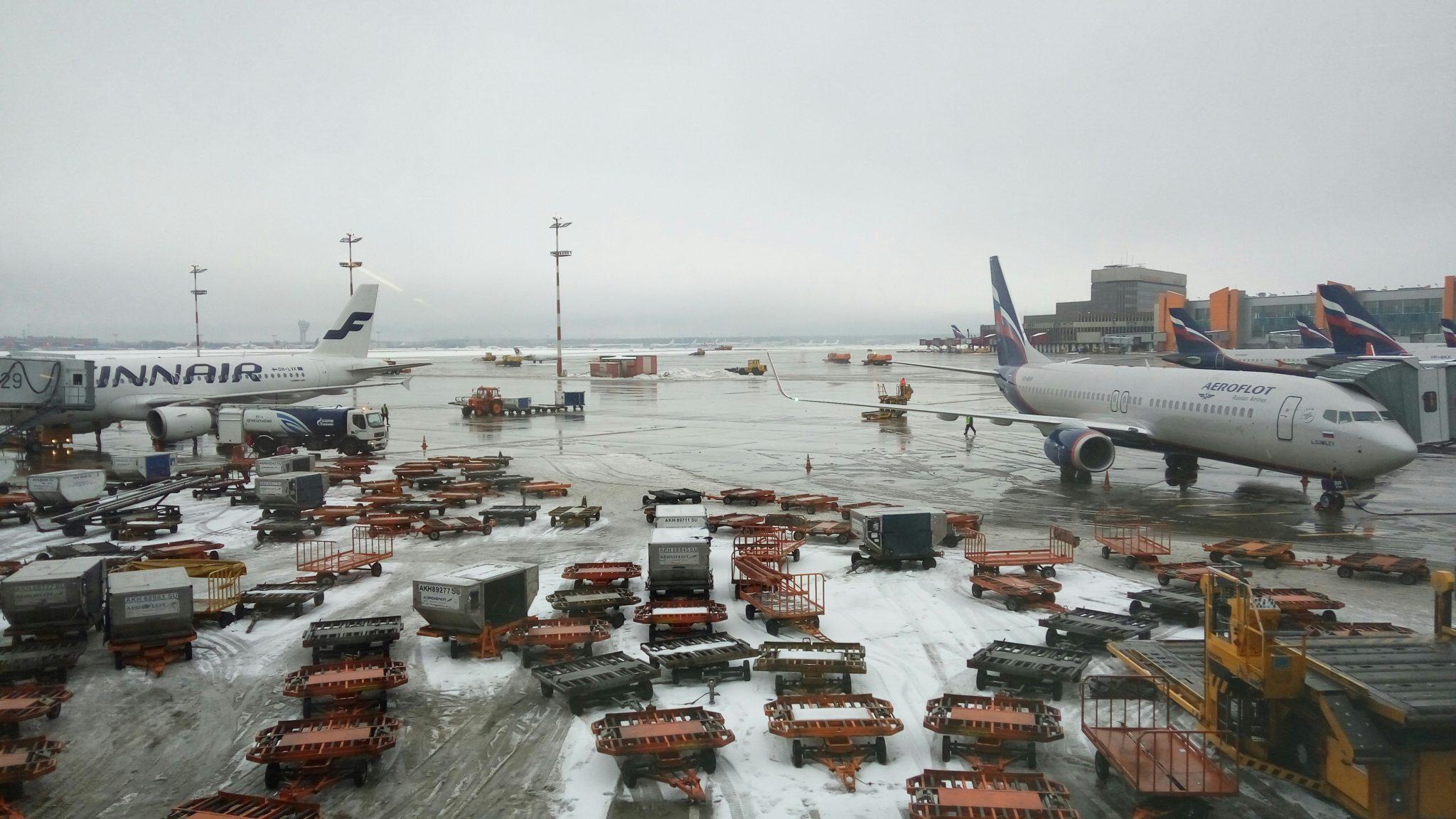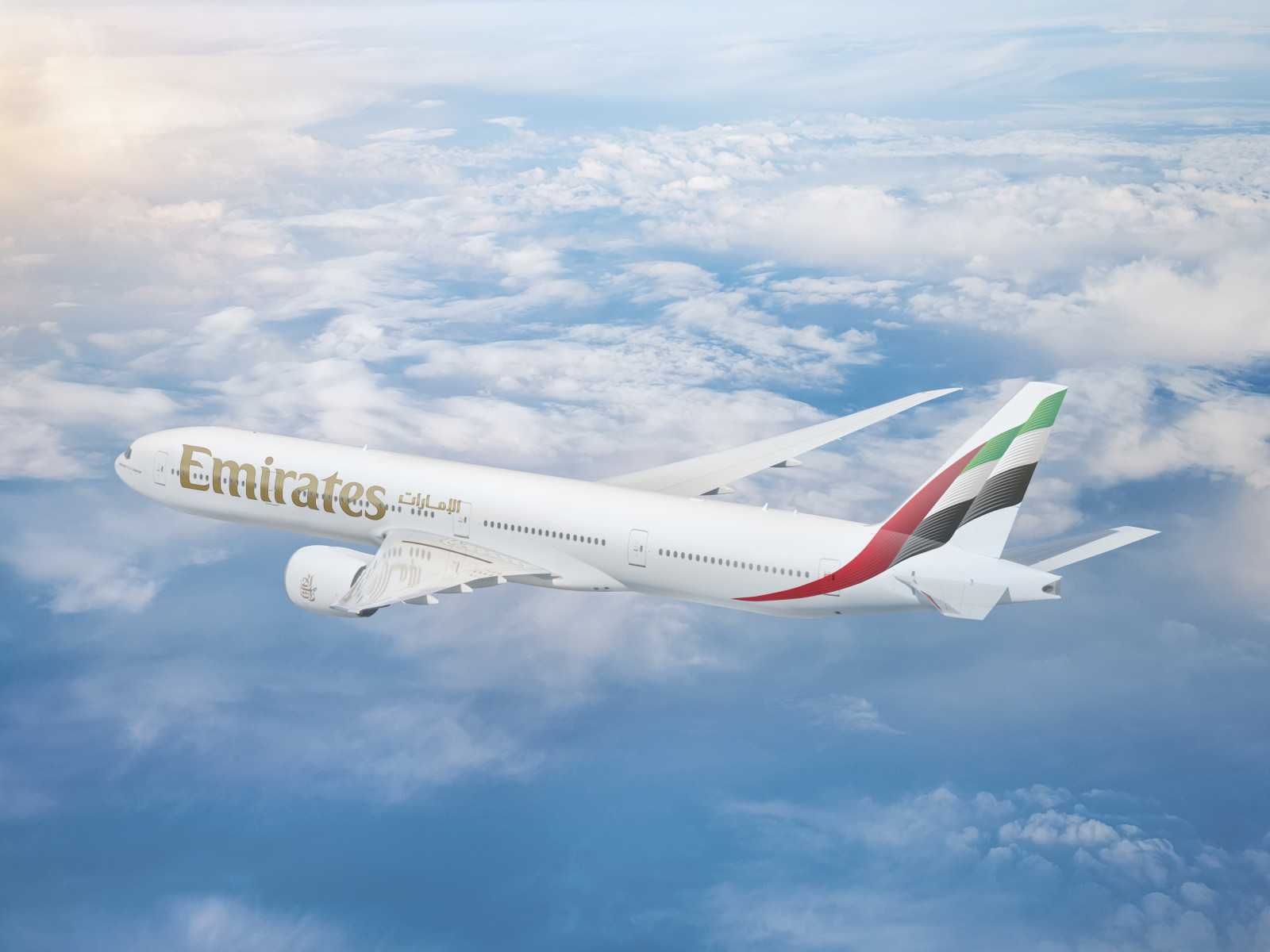Why it Matters
- The EU brings regulatory experience from its own Single Aviation Market, offering practical support for SAATM implementation.
- EASA’s technical work strengthens safety oversight, air navigation systems and regulatory capacity across multiple African states.
- SAF cooperation positions Africa as a partner in global decarbonisation efforts while boosting local industry opportunities.
- Increased EU funding for aviation aligns with wider economic integration goals under AfCFTA and Agenda 2063.
At the Luanda Financing Summit for Africa’s Infrastructure Development, the European Union’s contribution to the future of African aviation took centre stage. Speaking on behalf of the European Commission, Sergio Oliete Josa, Head of Sustainable Transport and Urban Development at European Commission (DG INTPA), outlined how the EU’s Global Gateway strategy, its regulatory expertise and its technical cooperation programmes are being deployed to support the continent’s aviation ambitions.
Moderated by Mr Eric Ntangengerwa, Head of the Transport and Mobility Division at the African Union Commission (AUC), the discussion explored how the EU is working alongside AFCAC, ASECNA and African states to strengthen aviation safety, improve infrastructure, expand regulatory capacity and accelerate SAATM and Agenda 2063 implementation.
A Partnership Built on Continental Integration
Oliete Josa began by explaining why the European Union places such emphasis on supporting SAATM. Central to this commitment is the fact that SAATM is an African Union–driven initiative, fully aligned with the EU’s preference for continental, institution-led integration processes. He stressed that Europe sees a clear comparative advantage in supporting Africa on this journey because it has travelled a similar path.
Three decades ago, Europe launched its own Single Aviation Market, a reform that fundamentally reshaped mobility, competition and accessibility. Once a mode of travel reserved for the wealthy, air transport in Europe became more affordable and connected, unlocking opportunities for business, tourism and social exchange. The EU believes SAATM can have an equally transformative effect on Africa, particularly given the continent’s vast geography, where aviation is not a luxury but a critical enabler of social and economic development.
Strategic Interests and Shared Opportunities
He noted that Europe’s interest extends beyond development cooperation. European airlines have an extensive presence across Africa, not only linking African cities to Europe but connecting them to the rest of the world. European manufacturers, navigation system providers and safety institutions are also deeply embedded in global aviation, creating natural avenues for collaboration.
A major area of shared strategic interest lies in the decarbonisation of aviation. Sustainable aviation fuels (SAF) are essential to achieving global climate goals, but Europe cannot meet future demand alone. Africa, with its production potential and growing aviation hubs, is viewed as a critical partner. Oliete Josa emphasised that cooperation on SAF is not just about fuel production; it also involves regulation, distribution systems and quality standards to ensure SAF produced on the continent is eligible for global use.
EASA Programmes Supporting Safety and Capacity
Turning to the operational side of EU engagement, Oliete Josa outlined the technical work carried out through the European Union Aviation Safety Agency (EASA). Current programmes represent around €15 million in assistance, supporting AFCAC in areas such as safety oversight, regulatory strengthening and implementation of continental aviation frameworks.
The EU also works with ASECNA on air navigation systems and increasingly focuses on improving the link between continental policy development and domestic implementation. He expressed strong support for AFCAC’s pilot approach to SAATM implementation, involving 17 key states, and encouraged a phased model where countries begin with bilateral or small-group agreements before expanding further, mirroring the incremental approach that helped Europe build its own aviation market.
The Role of Sustainable Aviation Fuels
Oliete Josa reiterated the importance of the SAF agenda for both regions. The EU, EASA and ICAO are currently conducting feasibility studies on SAF production across Africa, with an eye on developing a viable private-sector ecosystem. He noted that not all African countries will become producers, but many will serve as major consumers and strategic hubs. Ensuring that SAF is produced, distributed and commercialised effectively will require coordinated regulatory frameworks, which the EU is eager to support.
A Growing European Commitment to African Aviation
In closing, Oliete Josa noted that Europe’s support for the African aviation sector will increase in the coming years. Aviation is central to the EU’s Global Gateway strategy because improvements in air transport ripple across trade, investment, connectivity and social development.
He also made a broader point about integration: the success of AfCFTA will be demonstrated, in practical terms, by the success of SAATM. Liberalising Africa’s air transport market is one of the quickest and most visible ways to accelerate economic integration, and for this reason, the EU views aviation cooperation as a high-impact area where increased funding and deeper engagement can deliver measurable results.
